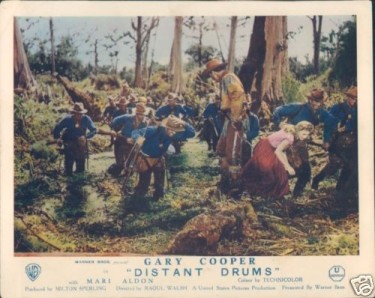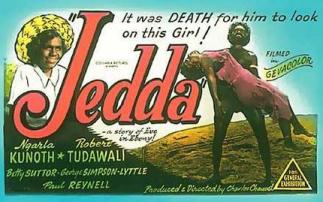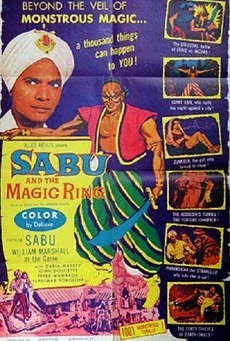As far back as 1923 feature films have used Colour as this still from ‘Cyrano de Bergerac’ of that year shows – and the colour looks very effective although maybe a little muted,
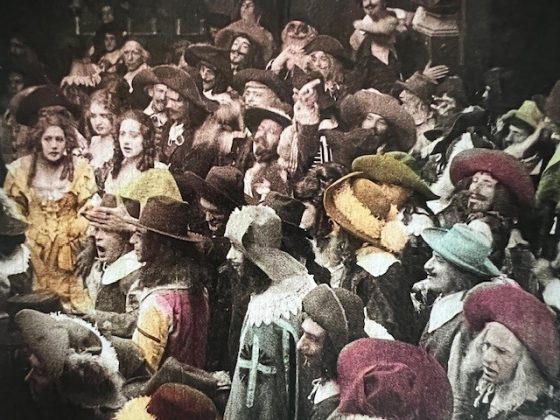
Colour films had been around since 1908 and maybe before with various inventors coming up with their version and name.
By the late 1930’s – not that long after talkies had arrived, we began to see quite a few colour films emerge. For instance Walt Disney was insistent that Technicolor was used for his 1938 classic ‘Snow White’ even though it appeared that by doing this, he would put the company in financial peril. In fact it proved a master stroke with the film doing so well at the Box Office on it’s original release and being a money spinner again and again over the last 80 or more years.
‘Gone with the Wind’ too in 1939 beautifully shot in Technicolor proved a winner.
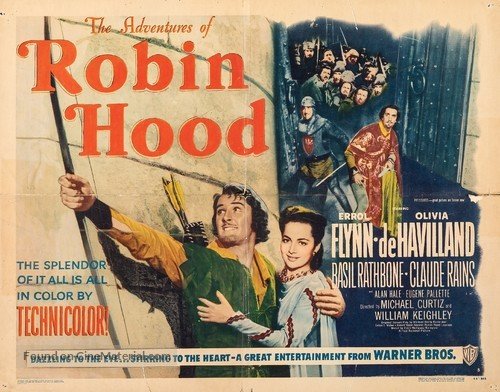
‘The Adventure of Robin Hood’ in 1938 with Errol Flynn was another Technicolor hit – and again still today a very popular and well watched film – very good one at that – and another one was ‘The Wizard of Oz’ again still popular.

Technicolor had emerged as ‘the one’ to use – even though it was a very expensive process and needed a lot of lighting, making studio work very hot indeed. Also special Cameras had to be used which were very heavy and bulky and difficult to move around.
After the War, in Britain Technicolor was used for Michael Powell’s remarkable films including ‘The Life and Death of Colonel Blimp’ and ‘Black Narcissus’ also the very successful ‘The Red Shoes’
I personally always think of the Walt Disney films made in England – ‘Treasure Island’ and ‘The Story of Robin Hood and His Merrie Men’ which are to me among the very best examples of Technicolor – some of the shots are breath-taking. These were released in 1950 and 1952

From Hollywood, we had ‘The Prisoner of Zenda’ and ‘Distant Drums’ both resplendent in Technicolor at it’s very best
Trailer Distant Drums 1951
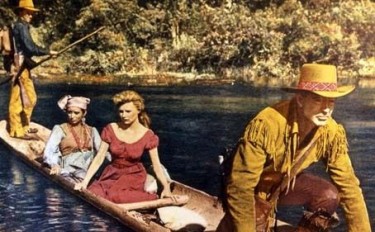
The above shot is a favourite of mine. It really sums up the film – Florida Everglades, Gary Cooper and Mari Aldon.
IN TECHNICOLOR
The Florida setting certainly gave this film a different feel to just about every other western. The alligators here ARE more frightening than the usual rattlesnake and there was one quite bloody sequence shown when one of the men was killed by an alligator.

They all pause for breath – above – in the Everglades.
It is an action-packed film and I love the Technicolor here which gives the Everglades a realistic beauty. The scenes where they are on the canoe on the water paddling through the trees is a beautiful shot.
